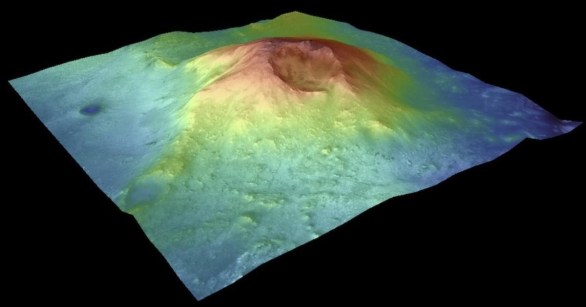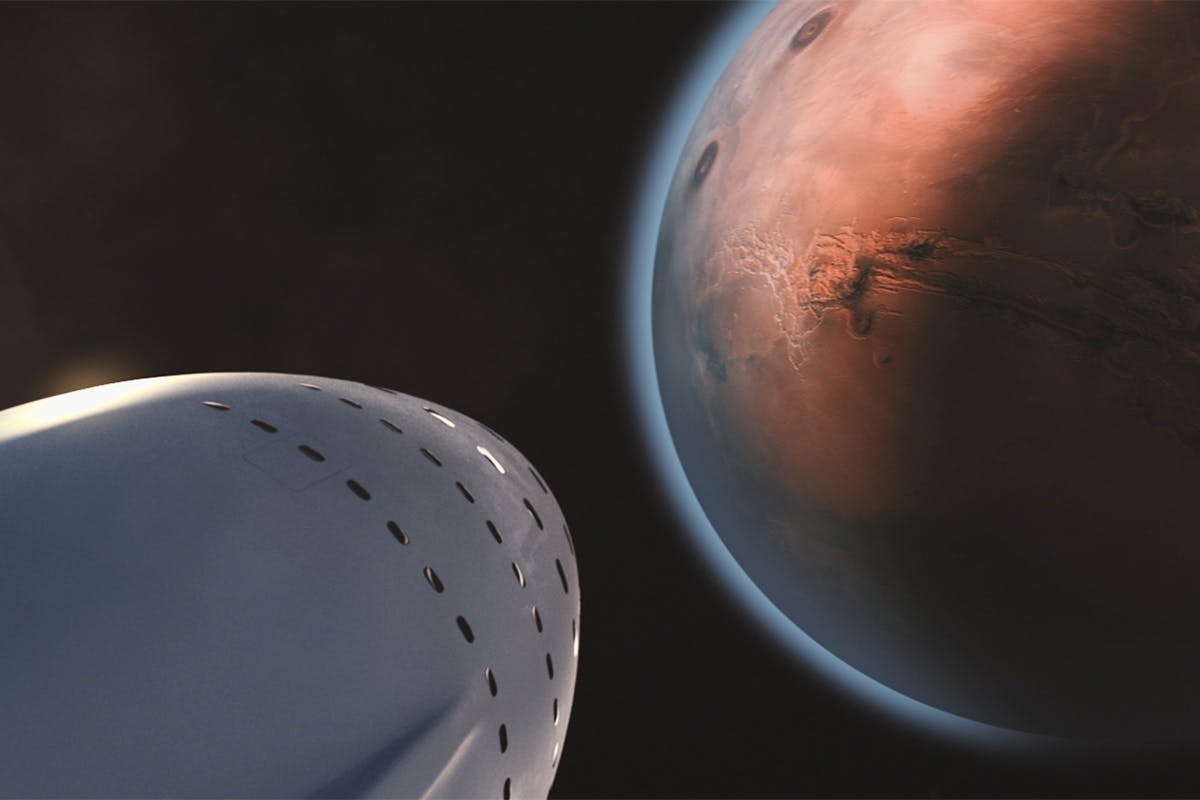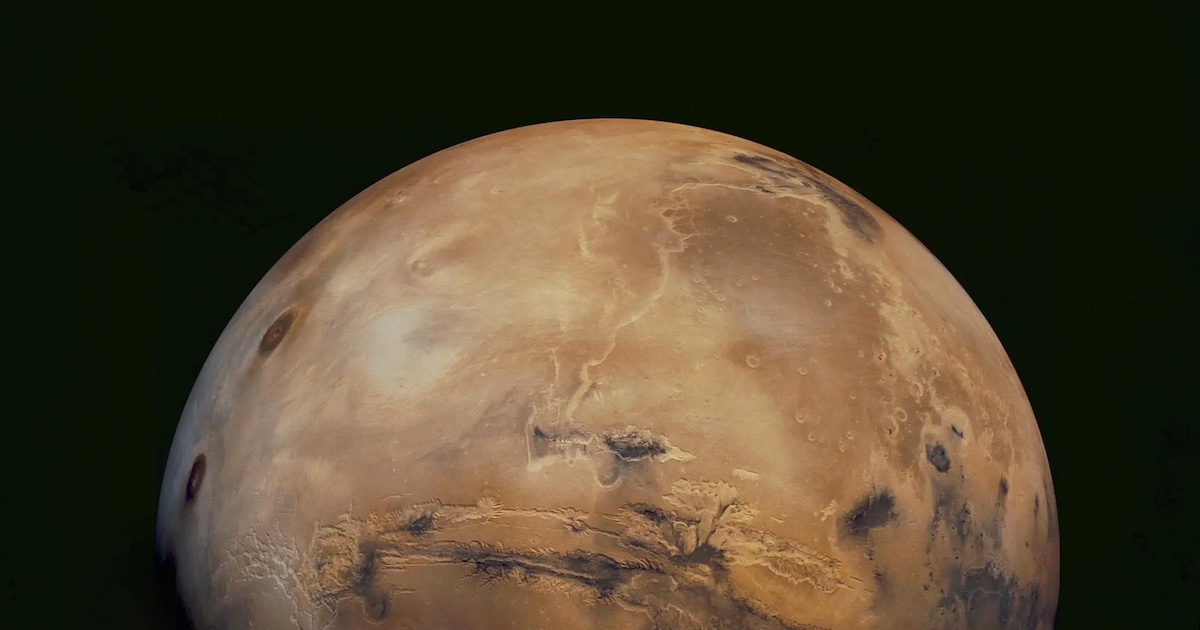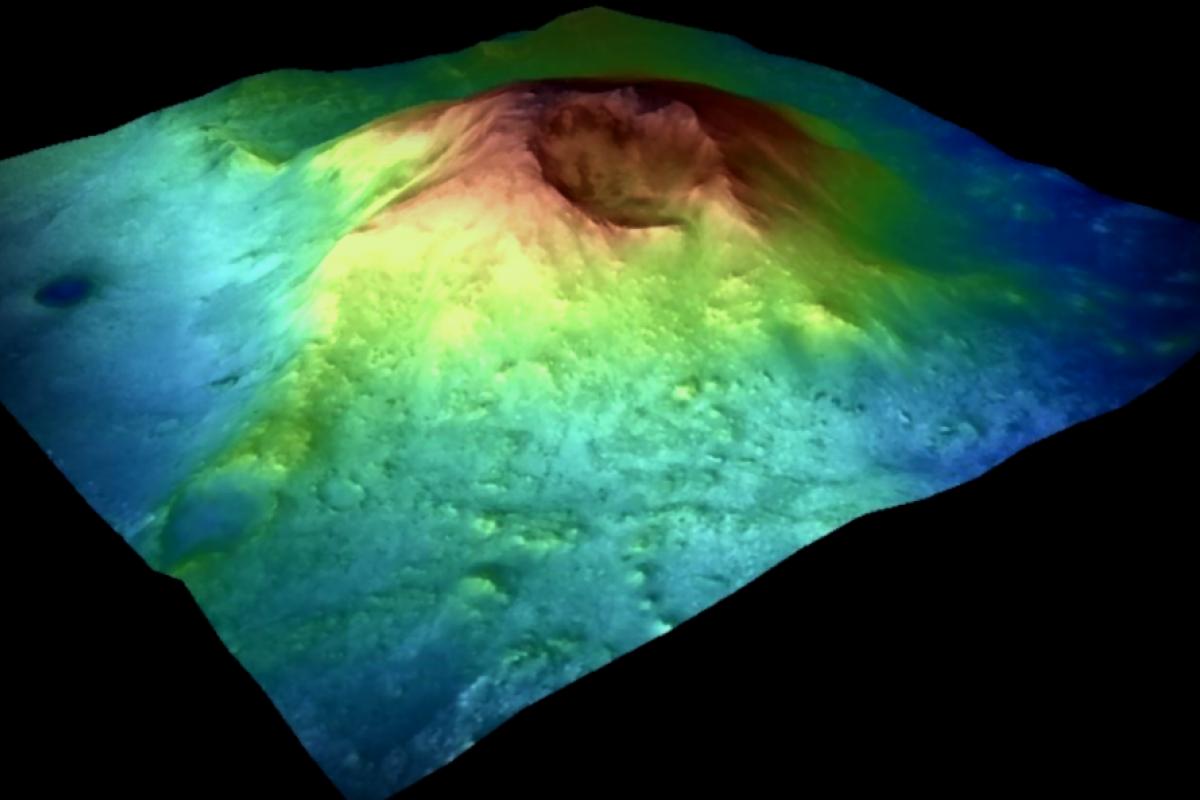In the exciting realm of space exploration, everyone’s buzzing at the thought of humans setting foot on Mars in the next decade. NASA and SpaceX are gearing up for crewed missions to our fiery neighbor in the 2030s!
But hang tight! Even before the astronauts arrive, we’re getting a flood of fascinating data from robotic missions on Mars.

Take NASA’s Perseverance Rover, for instance. Since it rolled onto the Martian surface back in 2021, it has been busy snapping photos and gathering rock samples.
Prior to that, the Curiosity Rover was wandering around the Red Planet’s dusty plains since 2012, while China’s Zhurong Rover joined the party in 2021 as well.
So, even if there aren’t people on Mars just yet, scientists are still making some really cool discoveries. A recent study from Georgia Tech researchers is the latest scoop, suggesting there’s more to the volcanic history of Mars than we thought!

This news digs into the Jezero Crater, where the Perseverance Rover is currently gathering valuable data and rock samples.
A paper published in Communications Earth & Environment reveals a mountain named Jezero Mons sitting at the crater’s edge is likely volcanic. The research led by Sara C. Cuevas-Quiñones reframes existing theories about this mountain!
James J. Wray, a Georgia Tech Professor who is part of this research and had inklings early on, shares his insight:
“The volcanic activity on Mars is fascinating for so many reasons— From potential habitability to gaining insight into geological history. Jezero Crater is one of the top researched locations on Mars, and if we’re now confirming a volcano here, just think of how many others could exist. There’s a chance that volcanoes might be far more common on Mars than we ever imagined.”

To truly grasp whether Jezero Mons is indeed volcanic, the researchers created a multidisciplinary team—considering a variety of data sources to analyze the rock formations and landscape thoroughly.
Then, they made comparisons with Earth’s volcanoes, as Wray continued:
“We can’t just head to Mars and confirm with absolute certainty that Jezero Mons is a volcano, but the data relates closely to existing volcanoes on Earth and even on Mars itself. We utilized data from various missions: Mars Odyssey, Mars Reconnaissance Orbiter, ExoMars Trace Gas Orbiter, and the Perseverance Rover to figure everything out.”
The study showcases striking pictures of Jezero Mons and correlates its igneous rock samples collected by Perseverance, which indicates that Mars was erupting with volcanic activity in the past and had neighboring water sources in craters like Jezero. Wray added further excitement regarding the implications of these findings:
“The combination of volcanic activity and water sources makes Jezero an incredibly fascinating site. We’ve got excellent Sedimentary rock samples possibly linked to habitable regions gathered along with igneous rock that is scientifically crucial. Mars is, hands down, the best candidate for finding indicators of life in our solar system. With samples being collected in Jezero, we’re now in possession of the most remarkable rocks in the perfect spot on Mars. Returning these samples to Earth will allow us to conduct groundbreaking science!”
It’s hard not to share in Wray’s enthusiasm!
After all, if hydrothermal activity and liquid water were present on Mars previously, this finds us deeper evidence pointing towards the possibility of life existing there.
If you’re intrigued by these findings, be sure to check out this article about a potential “goldmine” of lithium discovered in the U.S. that could change the game for electric vehicle batteries.
Don’t forget to sign up for the Twisted Sifters weekly newsletter to stay updated on the coolest news in internet culture!



















